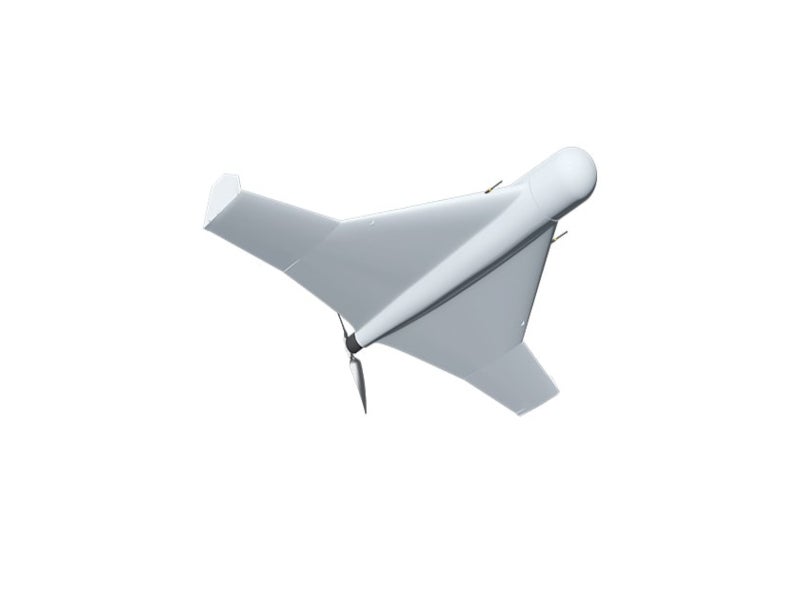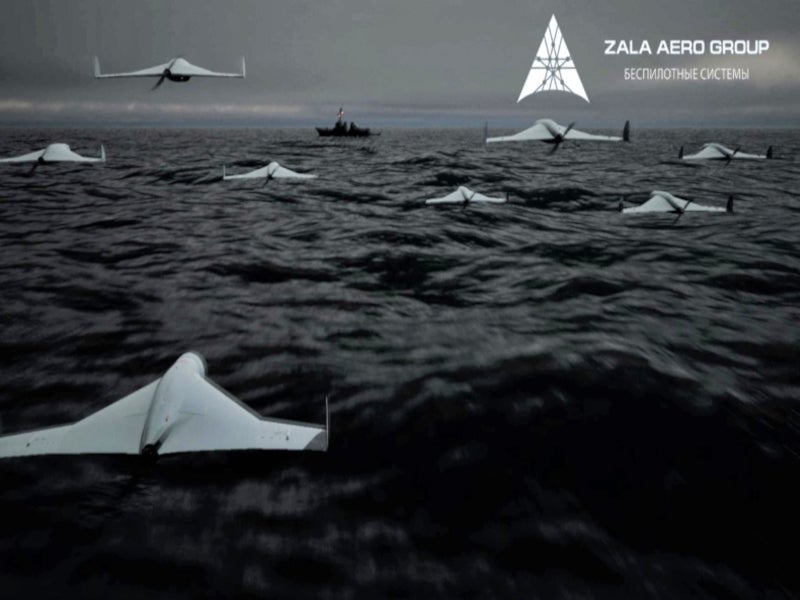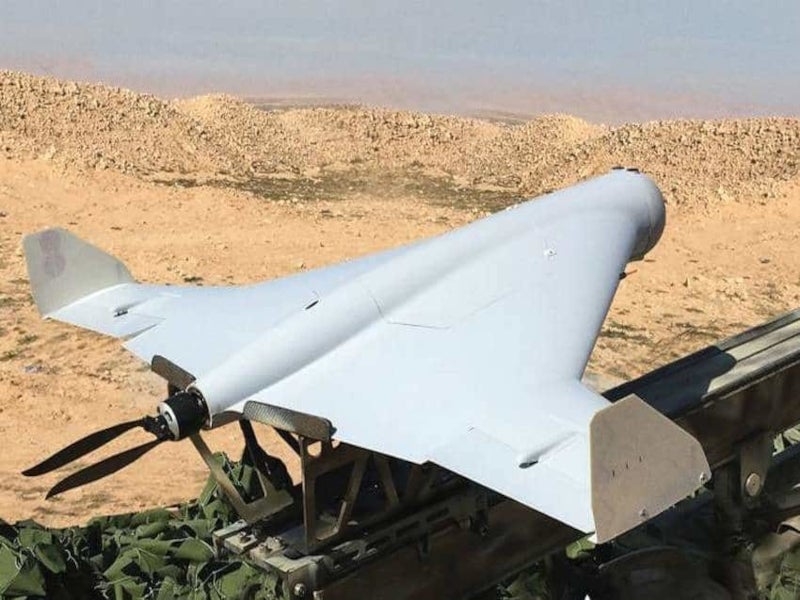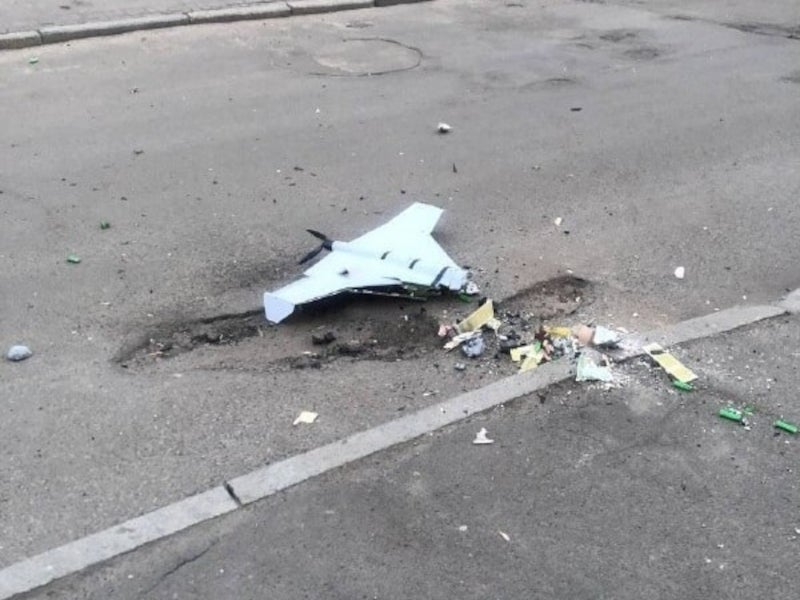Zala KYB-UAV, also known as KUB-BLA (Cube), is a new loitering munition system developed and manufactured by Russian defence company Zala Aero, a subsidiary of Kalashnikov Group.
It was built based on the combat experience of Russian armed forces in Syria between 2015 and 2018. The key advantages of the system include high precision, hidden launch, and simple and silent operation.
Launched at the International Defence Exhibition (IDEX), held in Abu Dhabi in February 2019, the loitering drone is operated by the Russian Army.
The military-grade drone can deliver a variety of weapon payloads with high precision during military operations based on manually set target coordinates or image-based target guidance payload. It can be used as a suicide drone or kamikaze drone to effectively destroy small-sized targets on the ground and sea.
Ukraine claimed to have shot down a Zala KYB drone equipped with an explosive device in the Podilskyi district of Kyiv in March 2022, during the Russian invasion of Ukraine that began in February 2022.
Zala KYB drone design and features
The wide triangular-winged unmanned aerial vehicle (UAV) is designed for hidden launch and silent operation during missions. It can attack ground and sea-based enemy infrastructure as well as lightly armoured targets.
The kamikaze drone has a wingspan of 1.21m, length of 0.95m and height of 0.165m. It can be used for missions such as intelligence, surveillance and reconnaissance (ISR), as well as target engagement.
The Zala KYB-UAV incorporates artificial intelligence visual identification (AIVI) technology for real-time recognition and classification of targets. The AIVI technology increases the area covered during a single flight by 60 times and improves the drone’s real-time lethality and autonomy.
Launch and strike mechanism
The standard version of the kamikaze drone can be launched from a catapult. It hovers in the air after launch to identify a target.
The drone crashes into the target from the upper atmosphere through a vertical trajectory, with precision. It can strike battle tanks and detonate an explosive, piercing the turret.
Propulsion and performance
The tail part of the UAV houses the propeller in a pusher configuration. Powered by an electric motor unit, the drone can travel at a speed between 80km/h and 130km/h.
The loitering munition can carry a maximum payload of up to 3kg of sensors and explosive warheads.
It can stay in the air for 30 minutes and hit targets at a range of up to approximately 40km.
Export and modified variants of KUB-BLA
The export variant, which is known as KUB-E, passed the state tests successfully in November 2021. Equipped with guided munition, it was approved by the Russian authorities for export in January 2022.
In May 2022, Eritrea reportedly received eight KUB-E drones in return for a military base that Russia is planning to build in Afabet, approximately 40km away from Eritrea’s port city Massaw.
Kalashnikov Group partnered with Rosoboronexport, a state-owned defence products exporter, to promote the loitering munition in the international market.
A modification to the drone, which was demonstrated at the ‘ARMY 2021’ international military and technical forum in Moscow in August 2021, allows it to be operated as part of a guided swarm. The sea-based drone can be launched from high-speed boats and special-purpose ships.
The updated naval version can be launched from a special launcher installed on high-speed boats, such as Kalashnikov’s BK-016 high-speed landing craft, as well as special-purpose ships and other naval platforms.
A deck container launcher is planned for future development to allow the launch of guided swarms.






